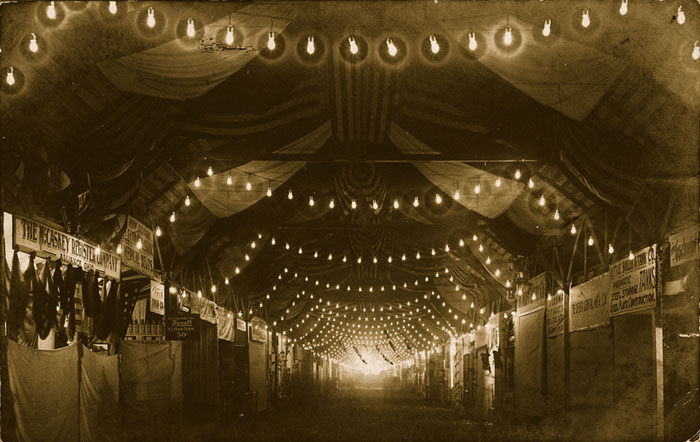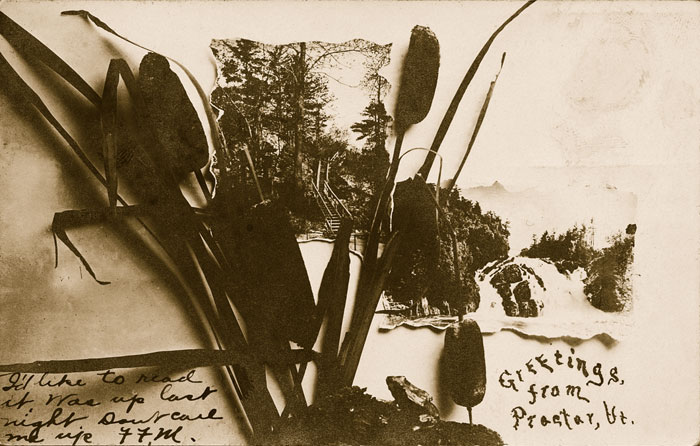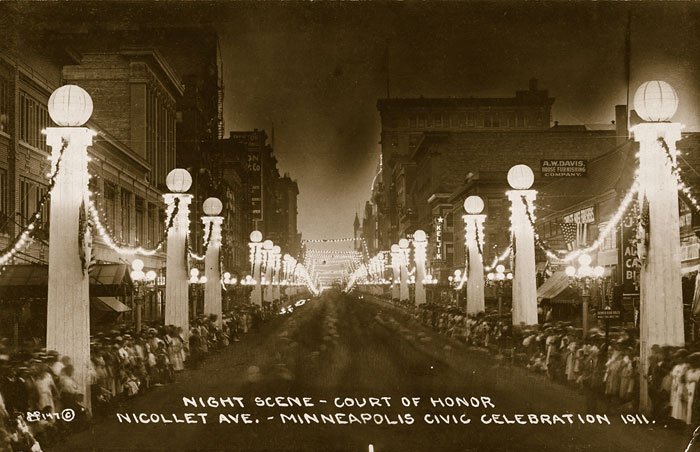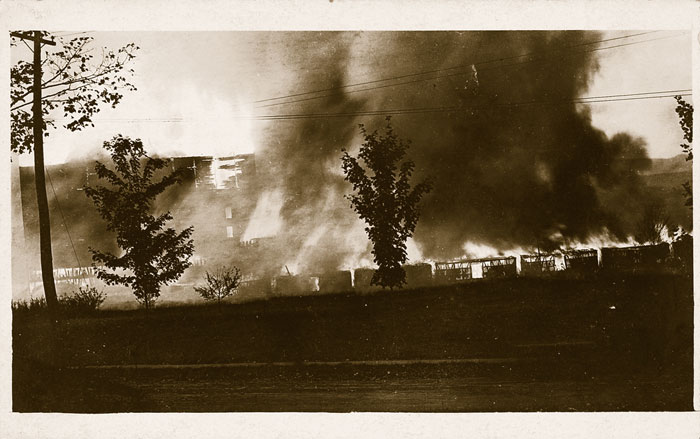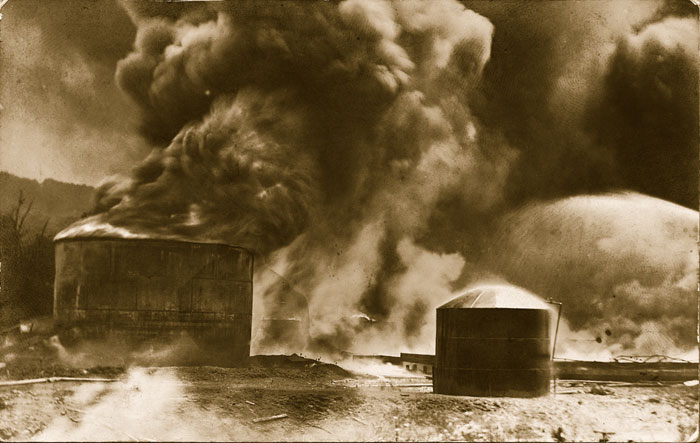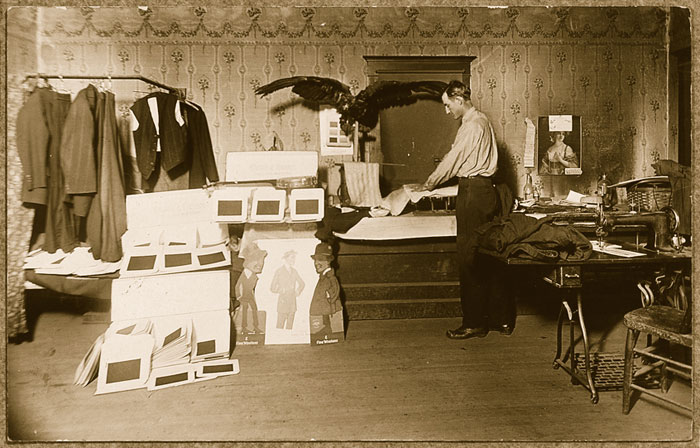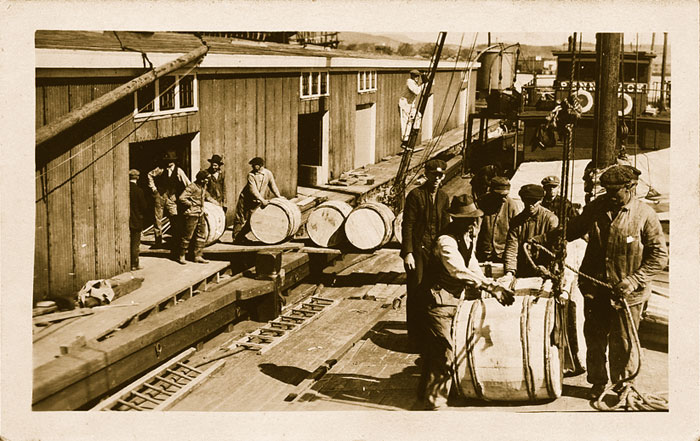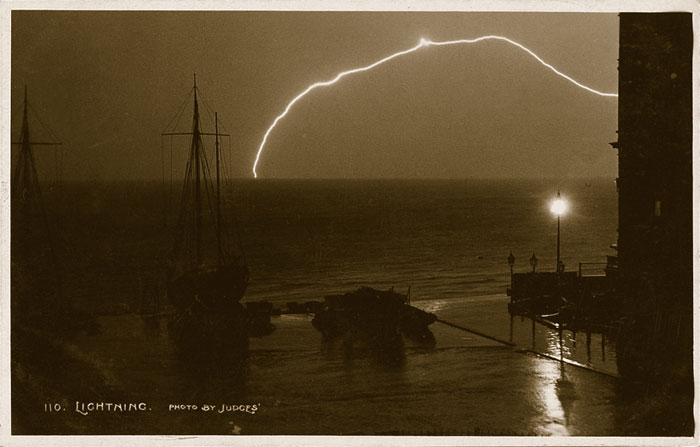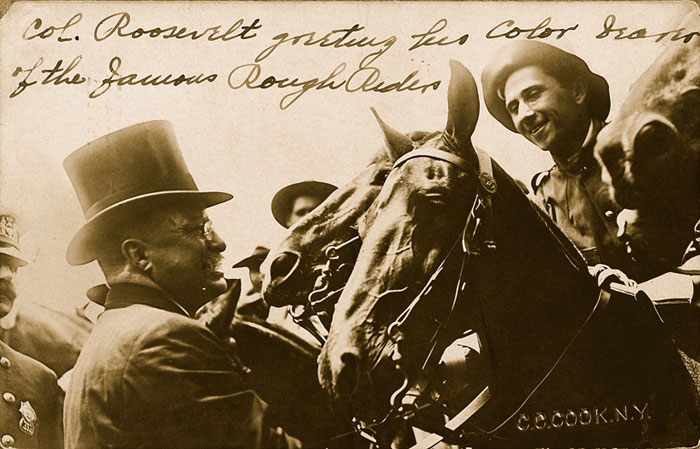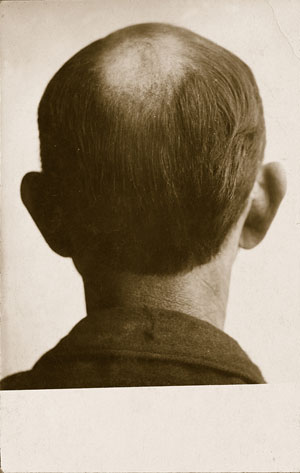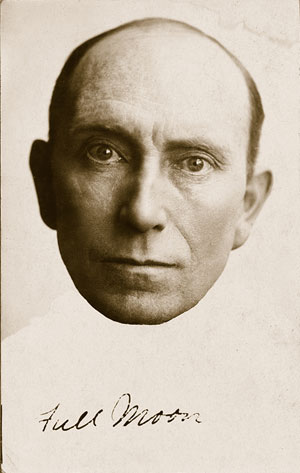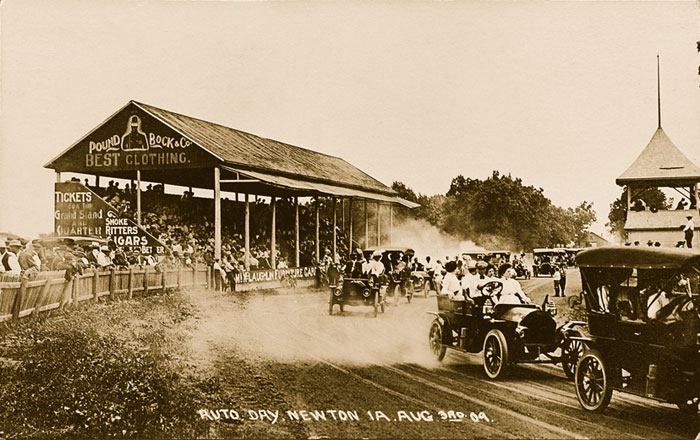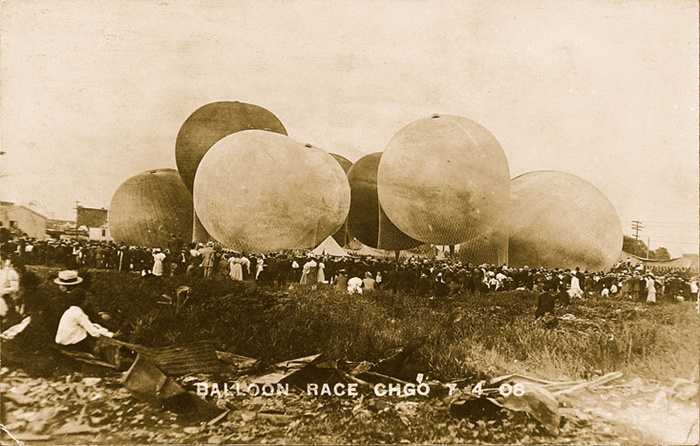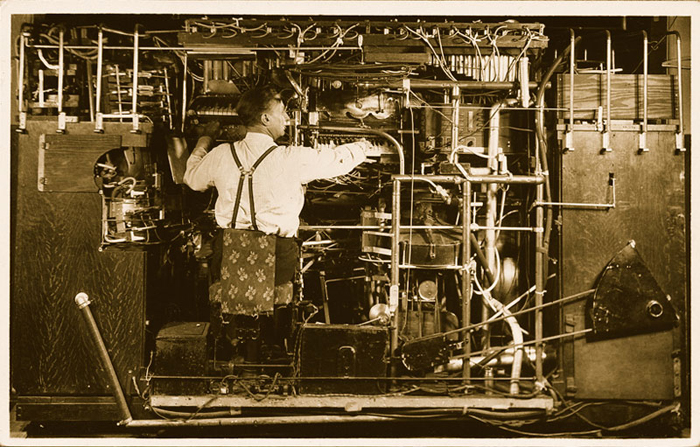In 1907 Kodak created a service called “real photo postcards,” enabling people to make a postcard from any picture they took. Postage was a penny. People went nuts and now you can too: Harvey Tulcensky and Laetitia Wolff’s new book Real Photo Postcards (Princeton Architectural Press) showcases the phenomenon with a collection of bizarre and striking images (often with equally strange captions on the back).
Here’s a short chat with the authors (who, incidentally, are husband and wife). The book was edited by Wolff from Tulcensky’s enormous collection of postcards.
* * *
Do you two send postcards to each other when you’re away?
Harvey Tulcensky: I don’t because I don’t find contemporary postcards that interesting.
Laetitia Wolff: I do try sometimes when I travel, and I have been traveling a lot lately. It is my own way of justifying my not writing long letters…
Harvey, when you’re at a flea market or yard sale, flipping through some old postcards, what’s likely to catch your eye?
HT: I’m looking for that great find, that really amazing image that everyone else passes by, that is more interesting than the “instant ancestor” box that everybody seems to gravitate to and if I’m really lucky, something I’ve never seen before.
Laetitia, in editing the book, were there other categories of cards you wanted to include? Were there some messages written on the cards you found particularly moving?
LW: The “Parading” chapter was originally split into two: “Parades” and “Old Glory” (a lot of photos showed celebratory buntings, flags, and human flags that were quite amazing but I had no intent of sounding nationalistic). The section originally entitled “Portraits” was integrated into various categories, because in the end I did not feel strong enough about these portraits; it just does not seem to be a major genre in postcards. “Humor” was its own category before it got integrated into “Uncanny,” where art meets oddity. Now I am thinking of other and more categories…
Most of the messages are rather mundane (lots of “I got your letter, thanks, did you get mine?”), and yes, some become touching by their banality.
A lot of the cards in the book seemed to me to be intentionally romantic—the humor, the isolation of narrative elements in a picture, the framing of something that’s either been staged or framed to look so. Do you think this is deliberate, or am I just being sentimental?
HT: Both are true, sometimes it is deliberate, sometimes accidental, but the viewer can’t help but feel some nostalgia for images capturing a past that appears idealized in these cards. For most of them the romanticism comes from our looking back into a world that no longer exists and that we can hold in our hands. The people who took the images may have done it lovingly but to be romanticized they would have to have distance from what they recorded.
Do you find examples of people today continuing the trend of sending their photos as cards? What about a web site like delivr (which lets anyone make an e-card from photos shared through flickr.com)?
HT: The difference is that we are so inundated with images today, that there is no more naïveté in the image-making or choosing. The images that surround us are more often than not tired clichés.
Gallery
Real Photo Postcards
Read artist interview